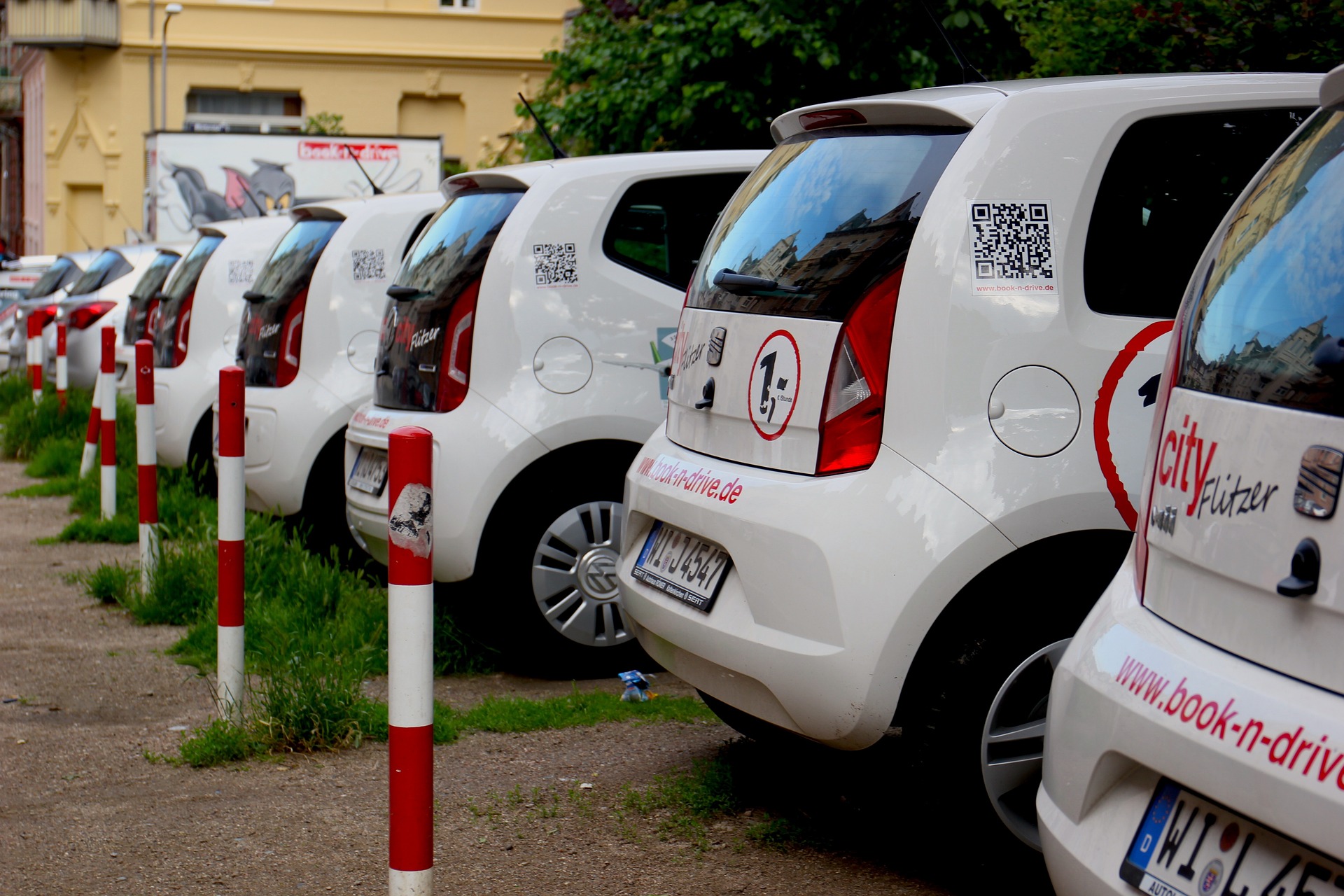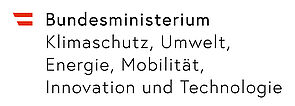Impact of automated, modular transport units
Parking space for currently unused car-sharing vehicles ©pixabay.com
The IMAMTU project – Impact of Automated Modular Transport Units - examines whether modular, automated vehicles can be used for both passenger and freight transport. And if they have a positive or negative impact on the mobility system. It is assumed that these vehicles are technically advanced enough to move people and goods electrically and self-organizing through the transportation system. Illustrated through the example of a commuter, the concept is as follows: The commuter boards her vehicle (AMTU – Automated Modular Transport Unit) in the morning and is driven from home to work. During this journey, she can work, read, or simply sleep. The vehicles choose their routes in such a way that they do not travel directly to work. Instead, they attempt to form convoys with other AMTUs along the way. In this manner, quasi-trains are formed. The use of transportation infrastructure can thus be optimized, as individual AMTUs do not constantly operate but instead strategically block road sections for the convoys, while the infrastructure remains freely available to other road users (e.g., cyclists, pedestrians) afterwards. Additionally, depending on the equipment, the vehicles can utilize conventional rail infrastructure. Depending on the technological solution, an electric charging process may even be possible while traveling on the tracks. In the example considered, the commuter leaves the convoy with her AMTU as soon as she is near her workplace and completes the last few meters "alone." The AMTU is then available for other road users in the sense of traditional car-sharing. Similarly, freight transport is carried out. Along the way, freight and passenger AMTUs can connect to form convoys.
Research Questions
Several research questions need to be addressed during the course of the project.
- How many AMTUs would be necessary to implement such a concept?
- What transportation effects would be achieved by such a system? In particular, what is the expected decarbonization due to the use of purely electric AMTUs in relation to the transportation impact?
- How can such a system be financed? What should the corresponding business model look like for an operator?
- Which stakeholders are needed to introduce and successfully implement such a system?






